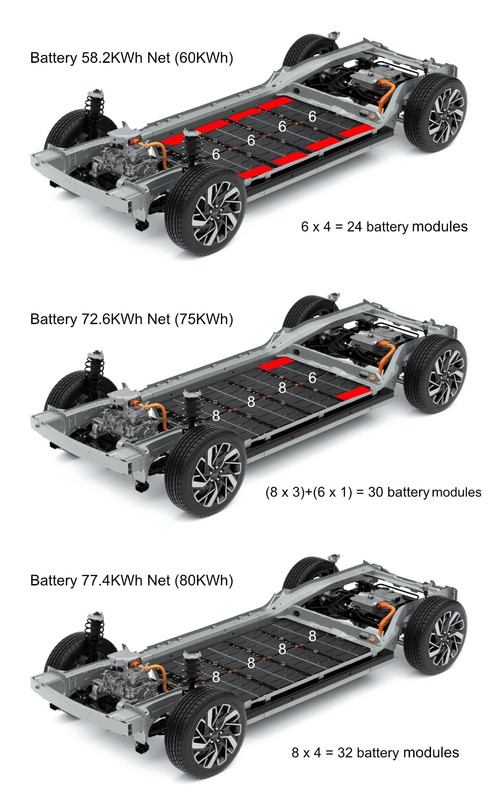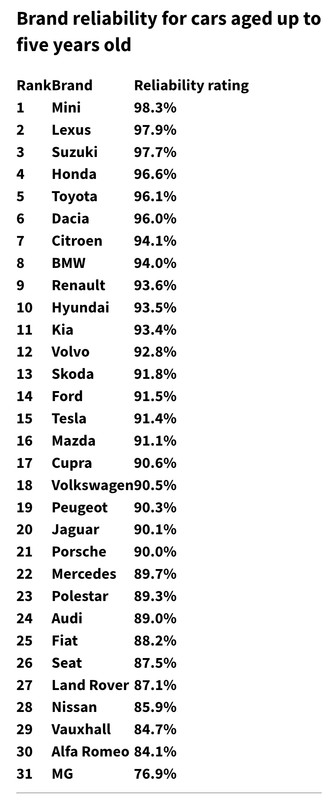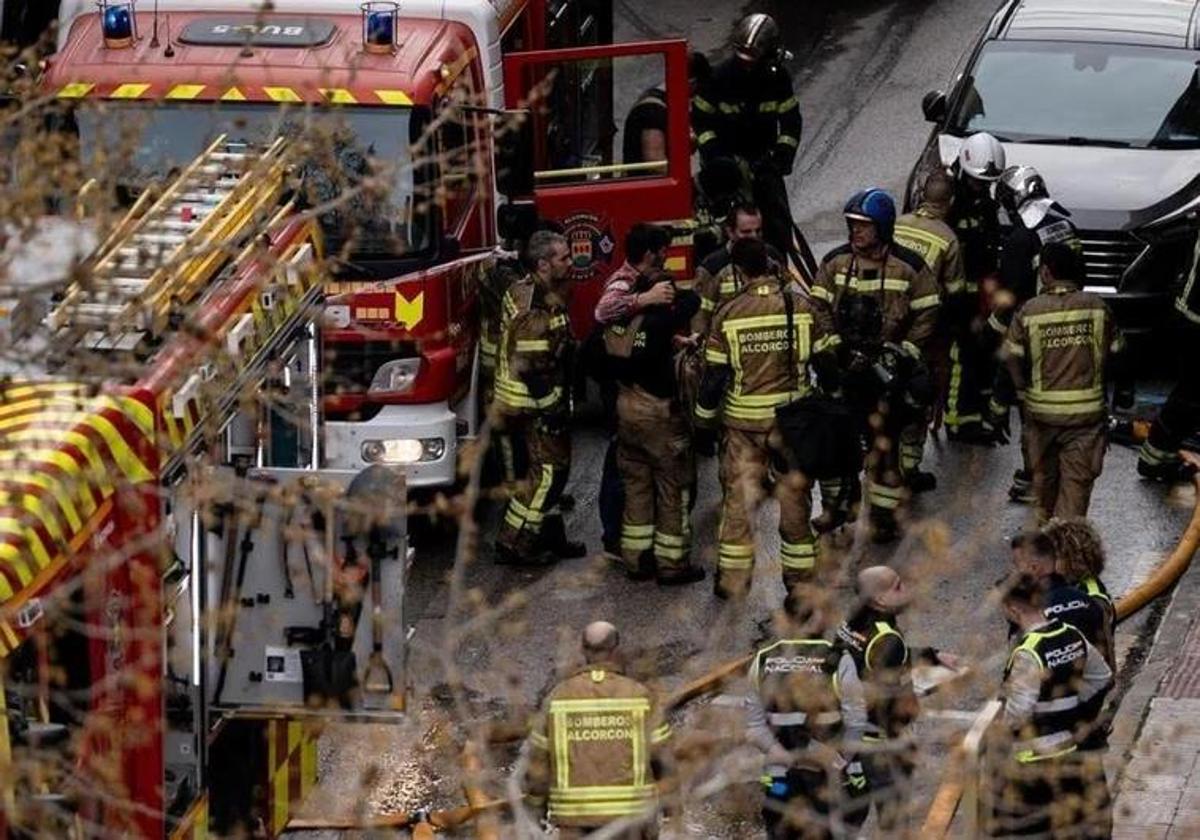This explains the battery sizes for the IONIQ 5 of my generation (I think that from MY 2025 the capacity has increased):
Apparently the current models (IONIQ 5 84 kWh RWD, IONIQ 5 N) also use only two parallel strings of cells:

True, the car was first registered in Sep 2021 and the fault occurred in Jan 2025. The car covered 8,000 miles.
Needing a two month repair after covering just 8k miles would be pretty unlikely with any ICE Mercedes, IMHO. From the survey you quoted:
Overall, most faulty Mercedes models were fixed in less than a week
Interesting that an EV-only manufacturer (Polestar) was placed lower than Mercedes.






